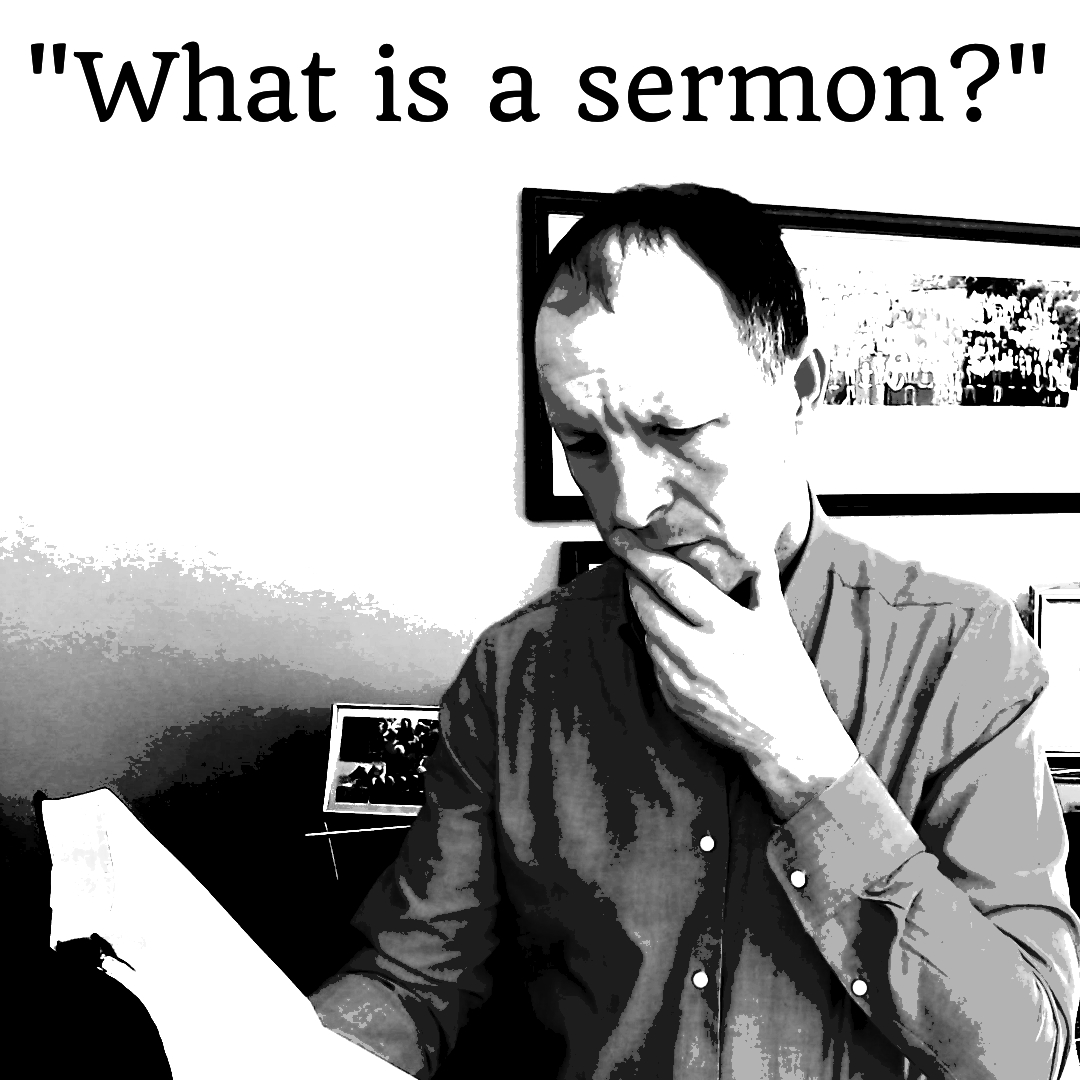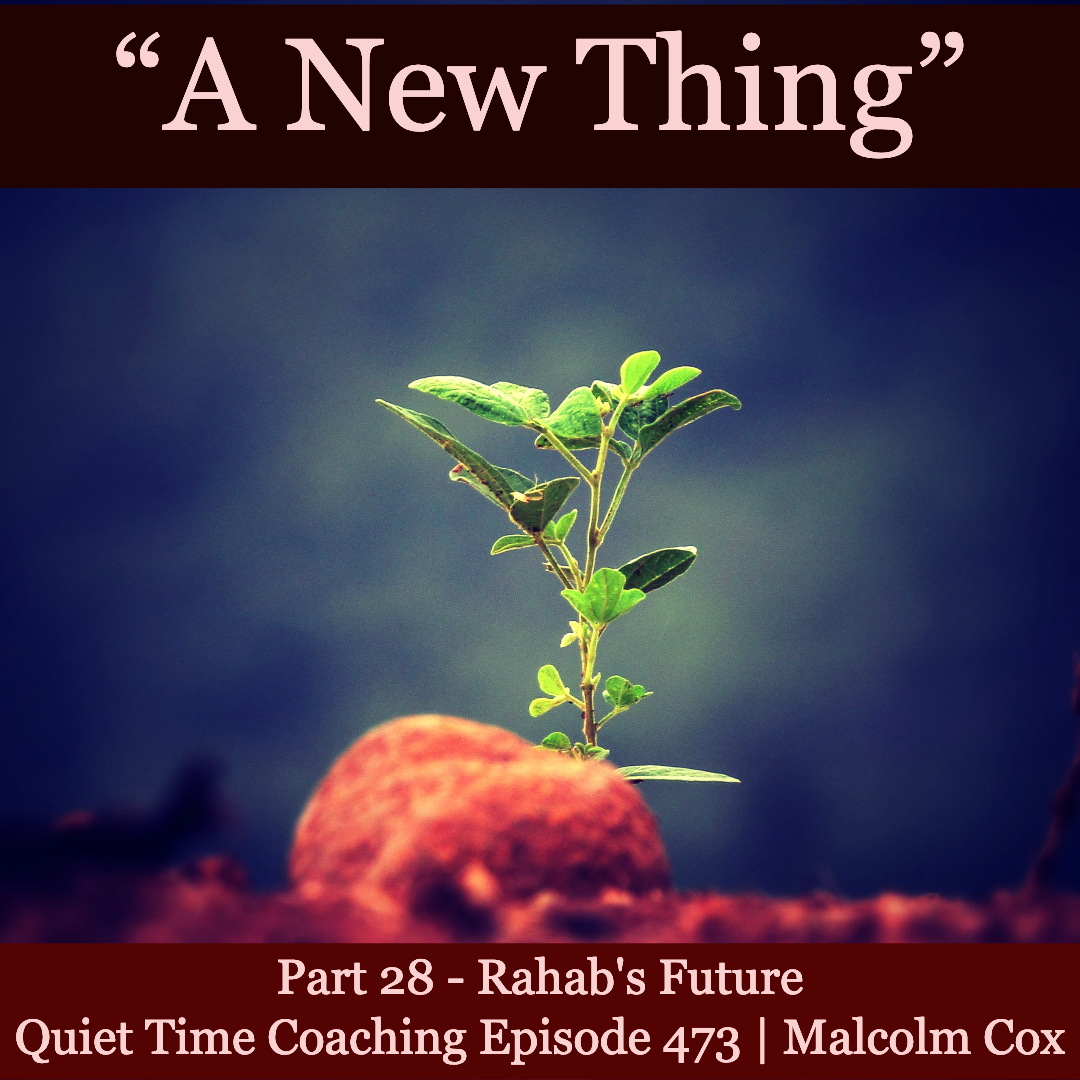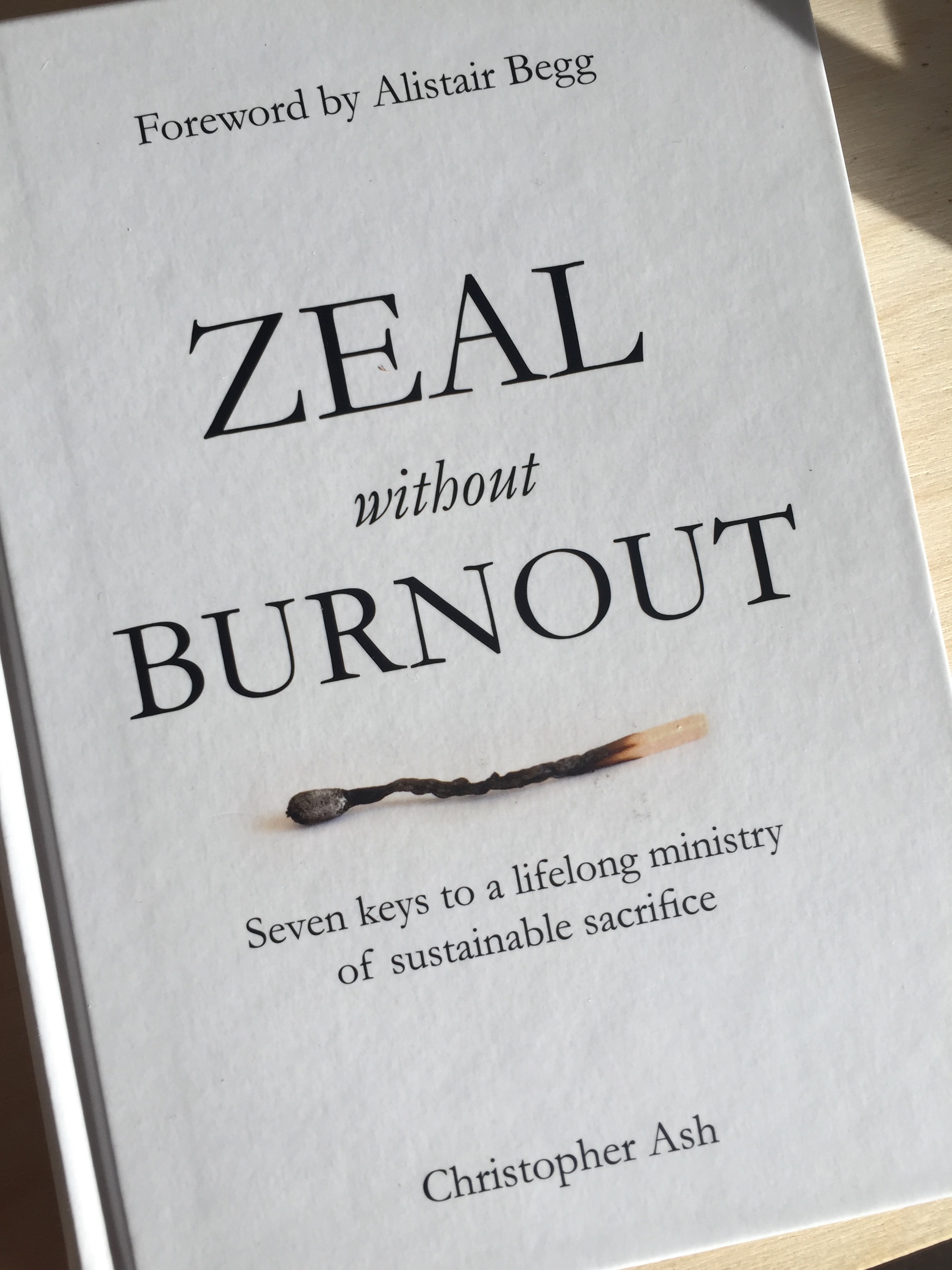Tuesday Teaching Tips, Episode 191
Today another episode inspired by my reading of Dr D Martyn Lloyd-Jones’ book, “Preaching and preachers”. Let’s look at some thoughts from the fourth chapter of the book entitled “The form of the sermon”.
We will talk about the form, but the form comes from an exploration of what a sermon actually is. Why is this important? It’s important because if we don’t know what we’re trying to deliver we’re unlikely to have the impact that we would desire and God’s word could produce.
Of course, a recording like this is not about whether you agree with Lloyd-Jones or whether you agree with me. The point is to examine these ideas, and come to our own conclusions. Some of the thoughts we’re considering today are those of Lloyd-Jones, and some are mine.
- What a sermon is not
- It is not an essay.
- An essay explores ideas. A sermon proclaims them.
- An essay plays with ideas. A sermon attacks them.
- “Repetition in an essay is bad, but I would stress the repetition in a sermon is good. It is a part of the very essence of teaching and preaching that there should be repetition; it helps to drive the point home and to make it clear. But when you are reading an essay that is unnecessary and therefore bad.” p71.
- It is not a lecture.
- A lecture gives information. A sermon produces transformation.
- A lecture deals with a topic. A sermon deals with a text and its context.
- “So a sermon should not start with the subject as such; it should start with the Scripture which has in it a doctrine or theme. That doctrine should then be dealt with in terms of this particular setting.”
- It is not a running commentary.
- Expository preaching is very helpful, but it is not simply “making a series of comments, or a running commentary, on a paragraph or a passage or a statement.” p72
- In other words, simply reading a Scripture passage, observing its meaning verse by verse or section by section, is not preaching. I must have meaning for the group here present, as well as illustration and application.
- It is not an essay.
Summarising this section, Lloyd-Jones says, “In other words the sermon is not a mere meandering through a number of verses; it is not a collection or series of excellent and true statements and remarks. Although those should be found in the sermon, they do not constitute a sermon.” p73
Therefore our question, “What is a sermon?”
- What a sermon is
Perhaps we could try this definition: “A sermon is textual truth explained and applied to the local context.” What am I emphasising here?
- A sermon comes out of the biblical text. It is rooted there. It’s focus is there.
- A sermon explains the meaning of the biblical text. Depths are exposed, confusion cleared up, questions asked and answered.
- A sermon reveals how the biblical text can be applied in the life of those present. Understanding the text proceeds to personal and corporate lifestyle moderation as followers of Jesus.
What are the implications of these principles?
- The preacher prepares. Some would say that as long as you know your Bible and have the Spirit preparation is unnecessary. It is said by some that the New Testament preachers did not prepare or have a structure in mind. However, I would suggest Peter’s sermon in Acts 2, Stephen’s speech in Acts 7, Paul’s addresses in Pisidian Antioch and Athens found in Acts 13 and 17 all bear the marks of careful preparation and contextualisation.
- The preacher is text-centric. We are focused on the text, not a topic.The text shapes our understanding of a topic, rather than taking our topic to a text.
- The preacher develops doctrine based on the text. In this sense, all preaching is doctrinal. When we preach a text we are putting it within the context of the rest of the Bible’s message. We are doing our best to say something like, “This particular passage helps us understand and points towards the rest of the Bible’s teaching on the matter.”
- The preacher now assesses, “the relevance of this particular doctrine to the people who are listening to you…You are to show that this message is vitally important for them, and that they must listen with the whole of their being, because this really is going to help them to live”. p76.
- The preacher structures the sermon so that each point builds upon previous points. “Each one should lead to the next, and work ultimately to a definite conclusion. Everything is to be so arranged as to bring out the main thrust of this particular doctrine.” p77
- The preacher adds application to the structure. Don’t leave all the application to the end, but apply as you go which will help people to remain attentive since they will be aware of the relevance.
- The preacher exhorts. The exhortation may take more than one form but, “it is vital to the sermon they should always end on this note of application or of exhortation.” p78
Yes, this is a lot of work! But, since it is God’s Word and God’s work, it will be worth it.
“So it comes to this. The preparation of sermons involves sweat and labour.… It is like a potter fashioning something out of the clay, or like a blacksmith making shoes for a horse; you have to keep on putting the material into the fire and onto the anvil and hit it again and again with the hammer. Each time it is a little bit better, but not quite right; so you put it back again and again until you are satisfied with it or can do no better. This is the most gruelling part of the preparation of a sermon; but at the same time it is a most fascinating and the most glorious occupation. It can be at times most difficult, most exhausting, most trying. But at the same time I can assure you that when you have finally succeeded you will experience one of the most glorious feelings that ever comes to a man on the face of this earth.” p80
I have discovered the truth of this in another sphere recently. I joined something called the “12 song challenge” run by Resound worship. I’ve committed myself to writing 12 songs this year. I put my first song up into the forum two weeks ago. I received some very helpful feedback. As a result, I changed the melody, the harmonies and a few other things. I have created versions 1, 2, 3, 4, 5 – actually, I’ve lost count. Finally, last night I came up with what I think is the definitive version. I hope.
I had thought the first version was pretty good and almost perfect. But, now that I look back on the difference between that version and the final one, I realise how much, much better this one is. It was worth receiving the feedback, thinking, experimenting and changing it time and time again.
I’d encourage us to take at least one thing to heart from what we talked about here today. Whether you agree with everything that Lloyd Jones or myself have to say on the matter or not. What aspect of your sermon preparation could improve? Is it fidelity to the text? Finding the relevance for your congregation? Creating a structure with logical progression? Offering helpful applications and exhortations? We’ve all got our areas of growth, me included. Let’s pick one thing.
Why not share it and we can pray for one another?
What I’d like to know today is, “How would you define a sermon?”
Please add your comments on this week’s topic. We learn best when we learn in community.
Do you have a question about teaching the Bible? Is it theological, technical, practical? Send me your questions or suggestions. Here’s the email: malcolm@malcolmcox.org.
If you’d like a copy of my free eBook on spiritual disciplines, “How God grows His people”, sign up at my website: http://www.malcolmcox.org.
Please pass the link on, subscribe, leave a review.
“Worship the LORD with gladness; come before him with joyful songs.” (Psalms 100:2 NIV11)
God bless, Malcolm
PS: You might also be interested in my book: “An elephant’s swimming pool”, a devotional look at the Gospel of John


